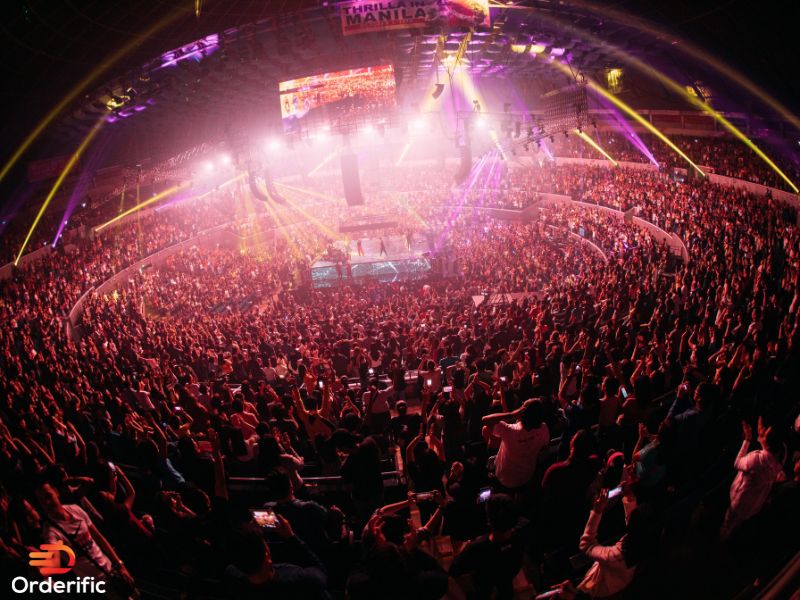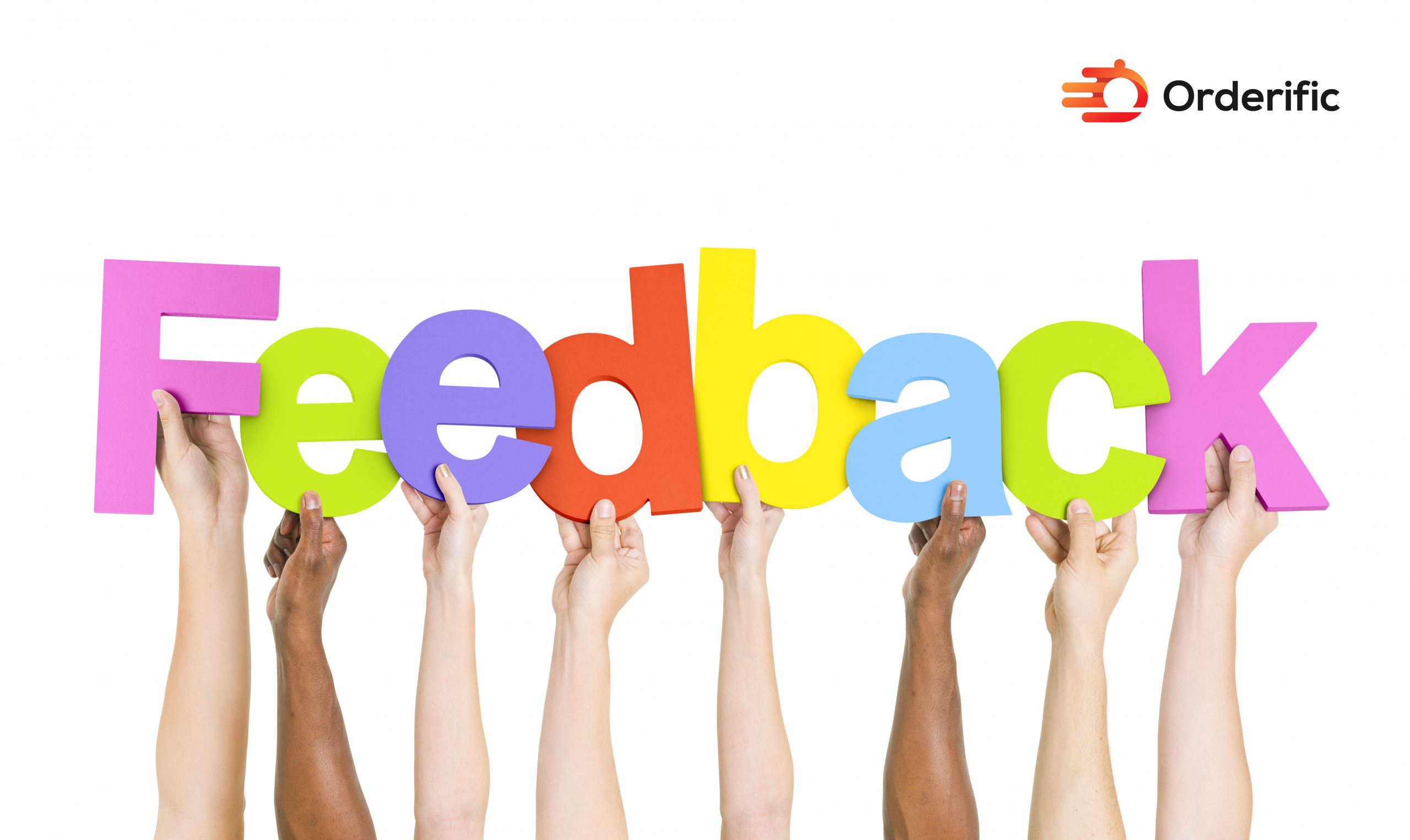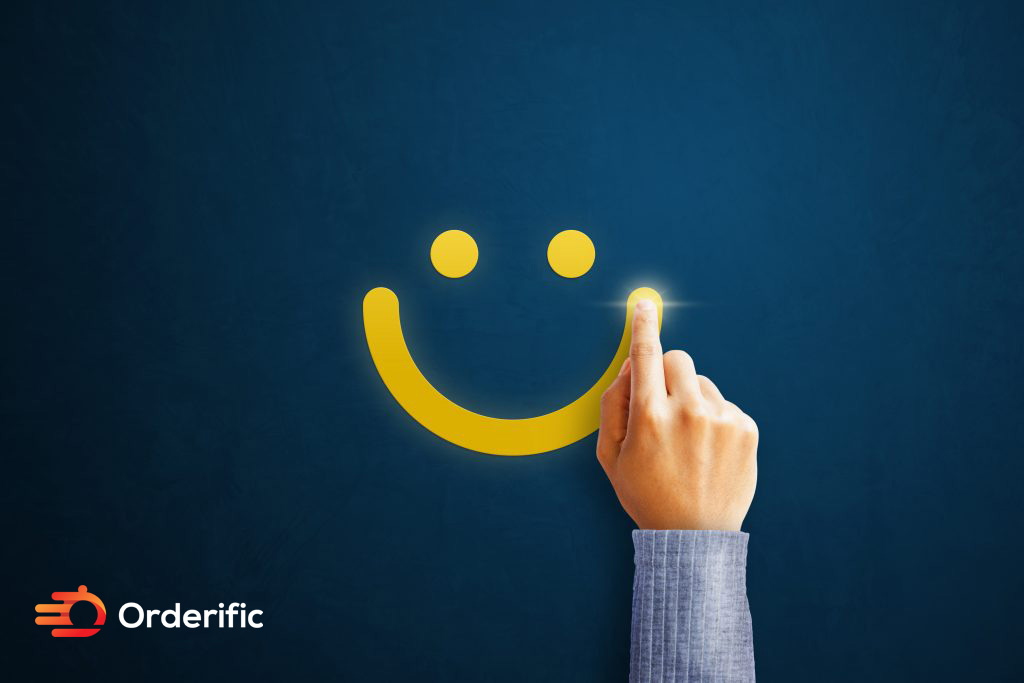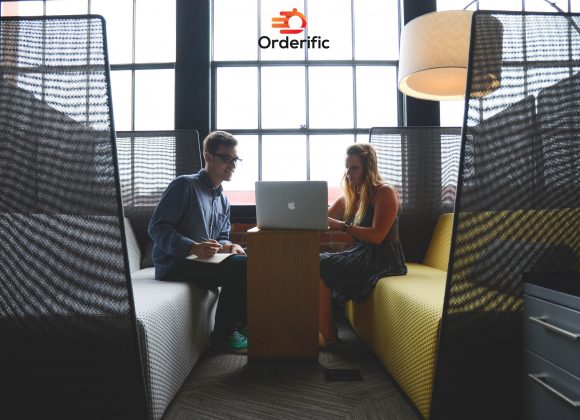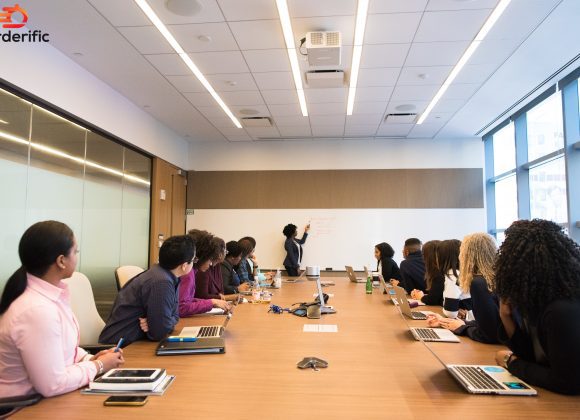Introduction
Events are dynamic landscapes where attendee feedback can shape future events and boost attendee satisfaction. Conducting a post-event survey with well-crafted event survey questions enables event organizers to gain valuable insights and actionable knowledge. The event survey serves as a vital tool in the event organizer’s toolkit, ensuring that every question asked to attendees helps refine every aspect of the event. The feedback gathered from these surveys is crucial for evaluating event success and shaping the roadmap for future events. By using survey software for analyzing feedback, event marketers can boost event evaluation, enhance the attendee experience, and drive overall event success. By prioritizing attendee satisfaction and leveraging event feedback, event organizers can elevate their event marketing strategies and deliver remarkable experiences.
15 Ideas To Collect Feedback At Events

Skift Take
Event attendees are the heart of any event, and their feedback is crucial for shaping future events. Event organizers should prioritize post-event surveys, utilizing specific event survey questions to delve deeper into attendee satisfaction. These well-crafted questions are pivotal in generating valuable insights, allowing us to gauge the pulse of attendee sentiment.
The sophistication of modern survey software has revolutionized the process of conducting event surveys. Event survey questions are designed to be more interactive, engaging, and targeted, making them an essential tool in the event organizer’s toolkit. The collected attendee feedback is then meticulously analyzed to extract actionable insights that serve as a roadmap for future events.
Therefore, every question in a post-event survey is a step towards a more successful event. The answers to these survey questions enable us to refine every aspect of the event, from the itinerary to the quality of catering, ensuring continuous improvement in attendee satisfaction.
Feedback is more than just a post-mortem of the event—it’s the compass that guides event marketing strategies towards success and enables the creation of truly memorable experiences.
Types Of Event Feedback
Event feedback can be categorized into various types, each serving a unique purpose in the evaluation and growth of future events. One such type is the Post Event Survey. This survey, usually managed using advanced survey software, contains specific event survey questions aimed at capturing the attendees’ experience and satisfaction levels. The collected feedback provides valuable insights, enabling event organizers to tailor future events to attendees’ preferences, thereby enhancing attendee satisfaction.
Event Surveys, conducted during the event, allow organizers to gauge real-time attendee reactions and make on-the-spot adjustments. These surveys delve into multiple facets of the event, from the quality of presentations to the effectiveness of event marketing strategies, providing a wealth of data for event evaluation.
Low-Tech Methods
Low-tech methods of collecting feedback continue to hold their value even in this digital age. Despite the advancement of technologically-driven feedback collection tools, such as online survey software, there exist scenarios where traditional methods are more effective or appropriate. One common method includes engaging in face-to-face discussions with attendees, where their immediate responses and non-verbal cues can offer rich insights. Another tried-and-true approach is through written feedback forms distributed during the event. These paper-based surveys provide an anonymous outlet for attendees to share their experiences and offer suggestions. Furthermore, suggestion boxes placed in strategic locations around the event venue offer an easy, on-the-spot feedback opportunity.
These low-tech methods can often provide an immediacy and personal touch that complements the more extensive data collected through high-tech methods. Thus, even as we move towards a future of augmented event experiences, these low-tech methods still play a crucial role in gathering essential feedback for shaping future events and enhancing attendee satisfaction.
Live Social Media Updates
Live updates on social media platforms offer a real-time channel for collecting attendee feedback. This method leverages the power of technology and the internet, enabling event organizers to monitor event satisfaction levels instantly. Platforms such as Twitter, Instagram, and Facebook not only allow attendees to post their feedback spontaneously but also empower organizers to engage with attendees directly and swiftly. These platforms provide invaluable insights into attendees’ experiences and perceptions, helping shape the narrative of future events. Hashtags specific to the event can also create a virtual community of attendees, encouraging interaction and discussion. The feedback gathered from these live updates can be analyzed to identify trends, preferences, and areas of improvement, bringing invaluable insights to the table for future event planning. Social media, thus, serves as an effective, interactive tool for gathering and analyzing feedback, enhancing attendee satisfaction, and refining future events.
Facial Recognition
Facial recognition technology is an innovative tool that’s transforming the landscape of event feedback. By analyzing the expressions and emotional responses of attendees in real-time, this technology enables event organizers to gauge attendee satisfaction and engagement levels instantly and accurately. Traditional feedback methods often rely on attendees’ post-event recollections, which can be influenced by various factors and may not necessarily reflect their actual in-the-moment experience. However, using facial recognition technology, organizers can capture genuine, unfiltered emotional responses, providing a more accurate measure of attendee satisfaction. This technology, while ensuring attendee anonymity, provides valuable insights into various aspects of the event, such as the effectiveness of presentations or the impact of certain moments.
These insights can play a crucial role in shaping future events, allowing organizers to create more engaging and satisfying experiences. Thus, facial recognition technology represents a significant leap forward in the realm of event feedback, paving the way for more data-driven and attendee-centric event planning.
Event Feedback Buttons
A simple yet effective method for collecting immediate feedback during an event is the use of feedback buttons. Strategically placed throughout the event venue, these buttons allow attendees to quickly express their satisfaction level at specific moments or locations of the event. Attendees can simply press a button to indicate their satisfaction level – a process that is quick, intuitive, and hassle-free. This method provides real-time insights into attendee experiences, enabling organizers to make immediate adjustments if necessary. By analyzing the data collected from these buttons, event planners can identify which aspects of the event were most enjoyable or problematic for attendees. This invaluable information can be used to enhance future events, ensuring a continuous improvement in attendee satisfaction. Despite the low-tech nature of this approach, it serves as a powerful tool in the feedback collection arsenal of event organizers.
Comment Cards
Comment cards are traditional yet effective tools for gathering event feedback. Typically, these cards contain a set of questions that seek attendees’ opinions on various aspects of the event. Attendees can fill out these cards at their convenience, offering a level of comfort and privacy in expressing their thoughts. They have been proven to be particularly effective in instances where attendees might feel uncomfortable providing face-to-face feedback. The insights gained from comment cards can be used to evaluate the event’s success, identify areas needing improvement, and shape the planning process for future events. Despite the rise of digital feedback methods, the simplicity and directness of comment cards still make them a valuable tool in achieving attendee satisfaction.
User Testing
User testing is an interactive and insightful feedback collection method that works especially well for events incorporating digital elements. This method involves attendees testing out event features, such as mobile apps or websites, and providing their feedback. This can include their thoughts on the design, functionality, and overall user experience. The instant and direct feedback obtained through user testing allows event organizers to make swift adjustments and improvements, enhancing the attendee experience in real-time. User testing not only enables organizers to pinpoint potential issues but also helps identify what attendees like, facilitating the design of more engaging and attendee-centric future events. This method of collecting feedback is thus an essential tool in shaping successful future events and ensuring high levels of attendee satisfaction.
Email Follow Ups
Email follow-ups serve as a significant feedback collection method, especially in the post-event phase. They offer attendees a platform to share their insights and experiences at their own pace and convenience. Usually structured as an online survey, email follow-ups can include a range of questions covering various aspects of the event. From the relevance of the content to the quality of food and beverages, nothing is off-limits. This method enables attendees to provide detailed and considered feedback, which can be invaluable in evaluating the event’s success and identifying areas for improvement. Furthermore, email follow-ups are also an excellent opportunity to maintain engagement with attendees, thanking them for their participation, and keeping them informed about future events. Therefore, despite the rise of instantaneous feedback collection methods, email follow-ups remain an essential strategy in the event organizer’s toolkit for ensuring continuous improvement and enhancing attendee satisfaction at future events.
Wearable Technology
Wearable technology is a revolutionary method for collecting event feedback, offering an innovative and interactive approach to understanding attendee experiences. Devices such as smartwatches, fitness trackers, or even smart badges embedded with sensors can track various attendee metrics, from movement patterns to heart rate, offering insights about attendee engagement and satisfaction levels during the event. For instance, significant heart rate spikes could indicate exciting parts of the event, while minimal movement could suggest less engaging segments. This data, collected in real-time, offers precise, objective, and unobtrusive feedback. Furthermore, wearable technology can also enhance the attendee experience by enabling seamless event navigation, networking, and personalized content delivery. The insights generated from wearable technology can inform future event planning, allowing organizers to deliver customized experiences that maximize attendee satisfaction. Thus, wearable technology signifies a dynamic shift towards a more integrated, data-driven approach to event feedback collection.
Event Specific Competitions
Event-specific competitions provide an engaging way to gather attendee feedback while adding an exciting element to the event. These can range from trivia games related to the event’s topic to creative contests such as photography competitions. By participating, attendees can express their thoughts, ideas, and experiences in a unique, interactive way. For example, a photo contest might reveal attendees’ favorite aspects of the event based on the subjects of their photographs. Moreover, these competitions can foster a sense of community among attendees, promoting engagement and improving overall satisfaction. The feedback gathered from such activities can be used to fine-tune future events, ensuring they are more aligned with attendees’ preferences. This method of capturing feedback is not only fun and engaging but also provides valuable insights that can enhance the success of future events.
Floating Staff At Events
Floating staff at events serve as an interactive method for gathering attendee feedback. These individuals, who mingle with attendees throughout the event, can gather impressions and reactions in real-time. They provide a human touchpoint for attendees to voice their experiences, concerns, or suggestions, enhancing the immediacy and personalization of the feedback. Insights collected through this method can be invaluable in shaping more successful and attendee-centric future events.
Event App Feedback
Event apps provide a platform for attendees to directly share their feedback in real-time. These apps often include in-built survey and polling features, allowing attendees to rate sessions, provide feedback on speakers, and share their overall event experience. The feedback collected is immediately available for analysis, helping organizers make necessary changes and plan more effectively for future events, ultimately enhancing attendee satisfaction.
Live Polling
Live polling is an effective way to gather real-time feedback during an event. This interactive method allows attendees to vote or answer questions instantly through their devices, providing crucial insights into attendee experiences and preferences. The immediate insights gained can help event organizers adapt on the spot and shape future events for enhanced attendee satisfaction.
Exit Badge Bins
Exit badge bins are an innovative and eco-friendly tool to collect event feedback. As attendees leave the event, they deposit their badges in bins labeled with specific satisfaction levels, providing a quick and visual measure of attendee satisfaction. This method contributes to sustainability efforts while offering immediate feedback that aids in planning improved future events.
Event Feedback Wall
An event feedback wall is an engaging and visual method for collecting attendee opinions. Attendees can write their thoughts, ideas, or suggestions about the event on a dedicated wall. This creates a physical testament to the event experience, fostering a sense of community among attendees. The feedback collected can be analyzed to inform future event planning, enhancing attendee satisfaction and ensuring continuous improvement.
Paper Survey Forms
Paper survey forms, despite being a traditional feedback collection method, remain effective and reliable. These forms allow attendees to articulate their thoughts and experiences about the event in a detailed manner. Analyzing the responses, event organizers can glean valuable insights for improvements, ensuring that future events are better tailored to attendee preferences and expectations, thereby enhancing attendee satisfaction.
Conclusion
In conclusion, collecting and analyzing event feedback is a multifaceted process that encompasses a variety of innovative and traditional methods. From facial recognition technology and wearable devices to simple paper survey forms and comment cards, each method offers unique insights into attendee satisfaction levels. The real-time, unfiltered insights gathered through these methods allow event organizers to make immediate adjustments, ensuring a more engaging event experience while simultaneously informing future event planning. Ultimately, the goal is to enhance future events, creating memorable experiences that will leave attendees eager to return. By investing in effective feedback collection methods, you are investing in the continuous improvement and success of your events. To explore how Orderific can support your event planning and feedback analysis, book a demo with us today. We’re here to help you elevate your events with valuable insights and ensure an enhanced experience for your attendees.
FAQs
Why is gathering event feedback important for organizers?
Gathering event feedback aids in evaluating success, identifying areas for improvement, and effectively planning future events.
What methods are commonly used to collect event feedback from attendees?
Common methods include feedback buttons, comment cards, user testing, email follow-ups, wearable tech data, live polling, exit badge bins, feedback walls and paper survey forms.
How can event organizers ensure the feedback they receive is constructive and actionable?
Event organizers can ensure feedback is constructive and actionable by asking specific, targeted questions and encouraging attendees to provide detailed responses.
Are there tools or technologies that facilitate the collection and analysis of event feedback?
Yes, there are numerous digital tools, apps, and platforms designed to facilitate the feedback collection and analysis process.
How does incorporating feedback contribute to the continuous improvement of future events?
Incorporating feedback allows organizers to better understand attendee expectations, preferences, and experiences, thus enabling the refinement of event design and execution.


